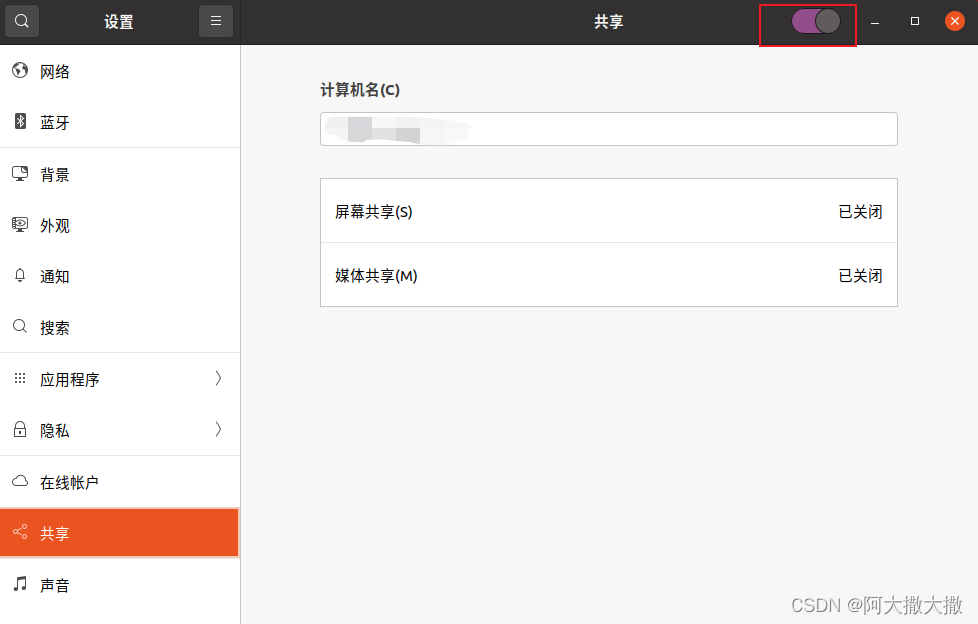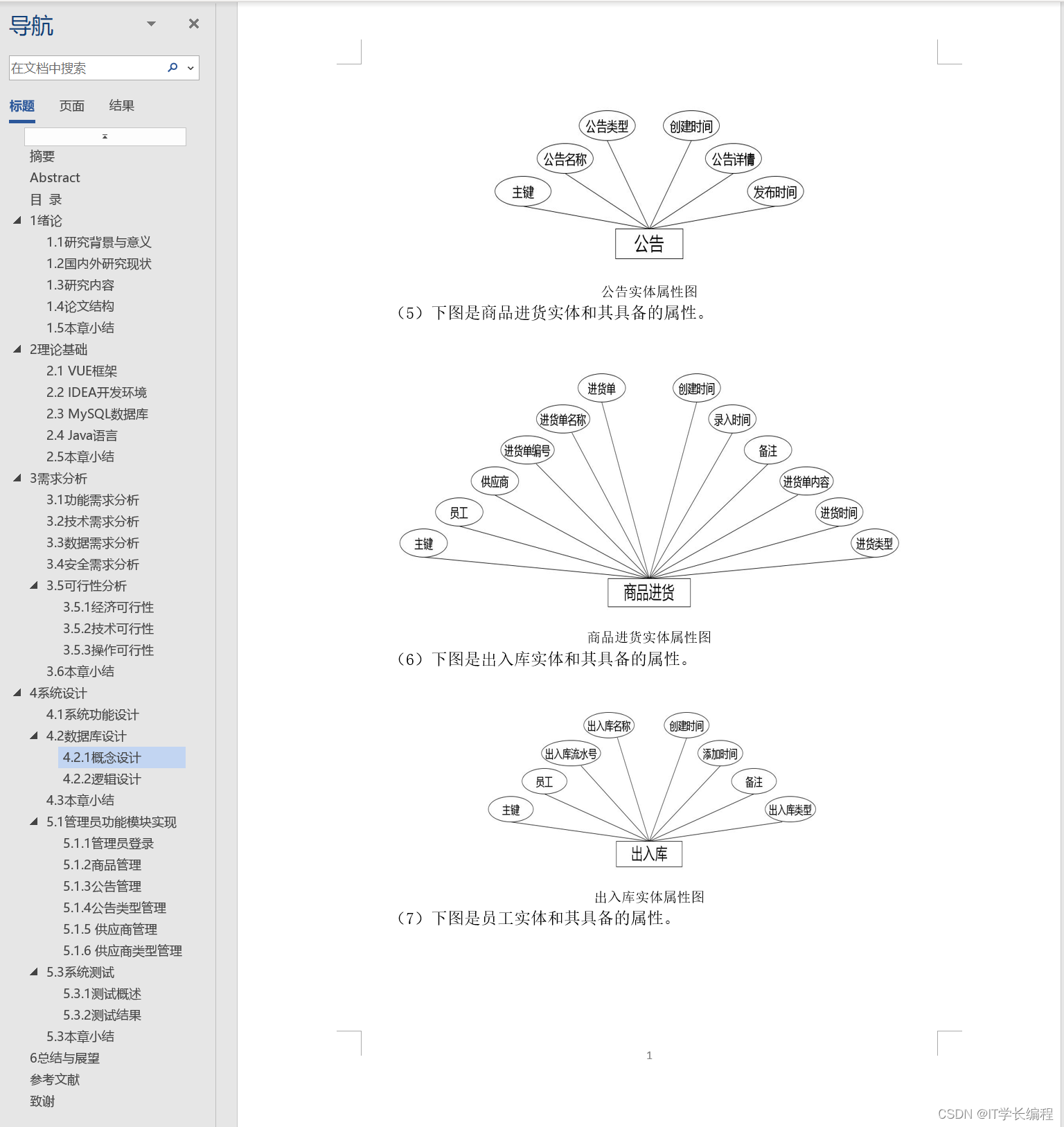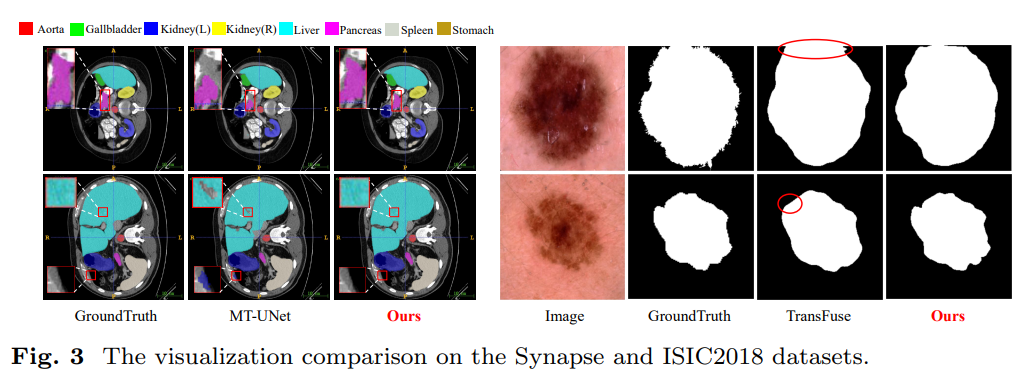文章目录
- 1. 资源导出(Resource Exporting)
- 2. 查询方法(Query Methods)
- 3. 分页和排序(Pagination and Sorting)
- 4. 关联关系(Associations)
- 5. 事件(Events)
- 6. 安全性(Security)
- 结语
在上一篇 【Spring实战】20 Spring Data REST+JPA构建RESTful API 文章中,我们已经知道了如何去使用 Spring Data REST 集成 JPA 去帮我们构建基础的 RESTful API(常用的增删改查)。它的作用远不止于此,本文将继续研究一下 Spring Data REST 还有哪一些常用的功能,并提供详细的代码示例。
1. 资源导出(Resource Exporting)
Spring Data REST 会自动将 Spring Data 存储库中的实体类型暴露为 RESTful 资源。我们无需显式编写控制器或服务层代码,就可以让实体成为可通过 HTTP 请求访问的资源。
package com.cheney.demo.modle;
import jakarta.persistence.Entity;
import jakarta.persistence.Id;
import lombok.AllArgsConstructor;
import lombok.Data;
import lombok.NoArgsConstructor;
@Data
@NoArgsConstructor
@AllArgsConstructor
@Entity(name = "t_user")
public class User {
@Id
private Integer id;
private String name;
private Integer age;
}
这个就和我们上一篇写的基础功能一致了,让我们访问一下,这个自定义查询的 URL 吧
localhost:8080/users

2. 查询方法(Query Methods)
通过方法命名规则,我们可以轻松地创建查询方法。以下是一个通过产品名称查询的例子:
package com.cheney.demo.repository;
import com.cheney.demo.modle.User;
import org.springframework.data.jpa.repository.JpaRepository;
public interface UserRepository extends JpaRepository<User, Integer> {
// 自定义一个通过名字查询用户信息的方法
User findByName(String name);
}
让我们访问一下,这个自定义查询的 URL 吧
localhost:8080/users/search/findByName?name=cheney

3. 分页和排序(Pagination and Sorting)
Spring Data REST 支持对资源进行分页和排序,以便处理大量数据。在查询参数中指定 page、size 和 sort,即可实现分页和排序。
package com.cheney.demo.repository;
import com.cheney.demo.modle.User;
import lombok.NonNull;
import org.springframework.data.domain.Page;
import org.springframework.data.domain.Pageable;
import org.springframework.data.jpa.repository.JpaRepository;
public interface UserRepository extends JpaRepository<User, Integer> {
// 自定义一个通过名字查询用户信息的方法
User findByName(String name);
// 分页和排序
Page<User> findAll(@NonNull Pageable pageable);
}
这个 findAll 方法的目的是获取所有用户的数据,并支持分页和排序。参数 @NonNull Pageable pageable 表示通过传递 Pageable 对象来进行分页和排序。
让我们访问一下这个 URL 吧,来获取第一页的3条数据,并且指定了 id 升序
localhost:8080 /users?page=0&size=3&sort=id,asc

让我们访问一下这个 URL 吧,来获取第二页的3条数据,并且指定了 id 升序
localhost:8080 /users?page=1&size=3&sort=id,asc

4. 关联关系(Associations)
Spring Data REST 会自动检测实体之间的关联关系,并创建关联资源。例如,一个用户和多个角色之间的关联:
@Entity
public class User {
@Id
private Long id;
@OneToMany
private List<Role> roles;
}
5. 事件(Events)
通过监听事件,我们可以在资源的创建、更新、删除等操作时执行自定义逻辑。以下是一个简单的例子:
package com.cheney.demo.handler;
import com.cheney.demo.modle.User;
import org.springframework.data.rest.core.annotation.HandleBeforeCreate;
import org.springframework.data.rest.core.annotation.RepositoryEventHandler;
import org.springframework.stereotype.Component;
@Component
@RepositoryEventHandler(User.class)
public class UserEventHandler {
@HandleBeforeCreate
public void handleBeforeCreate(User user) {
System.out.println("handleBeforeCreate user");
}
}
通过 @RepositoryEventHandler(User.class) 注解,指定了这个事件处理器将处理与 User 类相关的事件。在事件处理器中,通过 @HandleBeforeCreate 注解标注的 handleBeforeCreate 方法表示,在创建(插入)用户之前执行的逻辑。在这个例子中,当有新的用户即将被创建时,会输出一条日志信息。
让我们访问一下这个 URL 吧,来获取第一页的3条数据,并且指定了 id 升序
localhost:8080 /users

查看一下日志,发现调用了我们定义的 handle 方法

6. 安全性(Security)
集成 Spring Security 可以实现对资源的安全控制。配置安全规则,限制对某些资源的访问权限。
@EnableGlobalMethodSecurity(prePostEnabled = true)
public class SecurityConfig extends GlobalMethodSecurityConfiguration {
@Override
protected MethodSecurityExpressionHandler createExpressionHandler() {
return new OAuth2MethodSecurityExpressionHandler();
}
}
-
@EnableGlobalMethodSecurity(prePostEnabled = true):这个注解用于启用全局方法安全性,其中
prePostEnabled = true表示启用 Spring Security 的@PreAuthorize和@PostAuthorize注解,允许在方法级别进行访问控制。 -
GlobalMethodSecurityConfiguration:它是用于配置全局方法安全性。通过继承这个类,可以进行一些自定义的配置。
-
createExpressionHandler()方法:在
GlobalMethodSecurityConfiguration类中,通过重写createExpressionHandler()方法,可以配置 Spring Security 表达式处理器(Expression Handler)。这个方法返回一个MethodSecurityExpressionHandler对象,用于解析和处理方法级别的安全性表达式。 -
OAuth2MethodSecurityExpressionHandler:在这个具体的配置中,
createExpressionHandler()方法返回了一个OAuth2MethodSecurityExpressionHandler对象。这表示使用 OAuth 2.0 的方法安全性表达式处理器,该处理器与 OAuth 2.0 令牌一起工作,用于处理涉及 OAuth 2.0 认证和授权的方法级别安全性。
结语
通过本文的介绍,我们深入了解了 Spring Data REST 的一些常用功能。这些功能大大简化了构建 RESTful API 的过程,提高了开发效率。希望这些示例能够帮助你更好地使用 Spring Data REST 构建强大的 RESTful 服务。



















